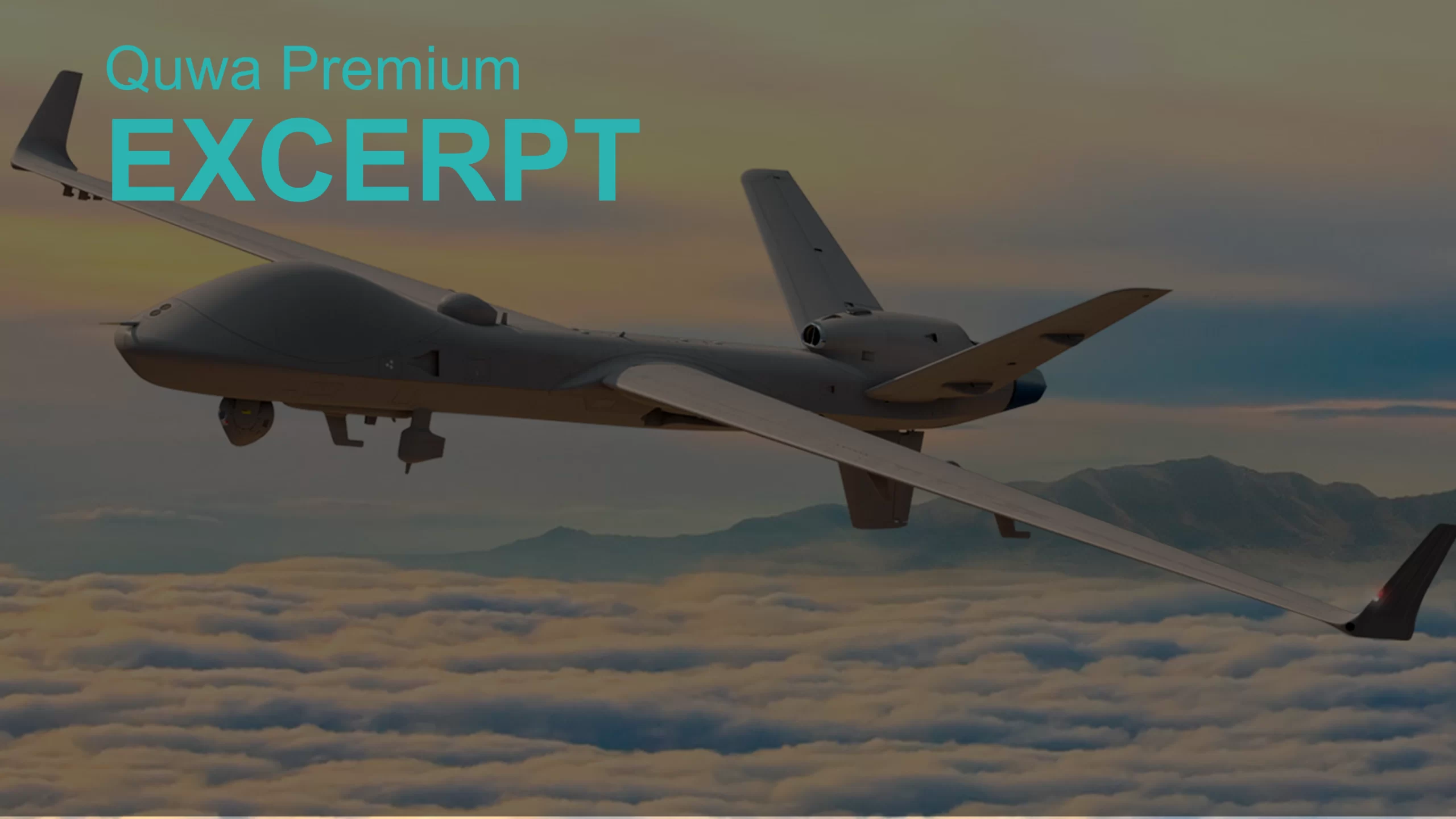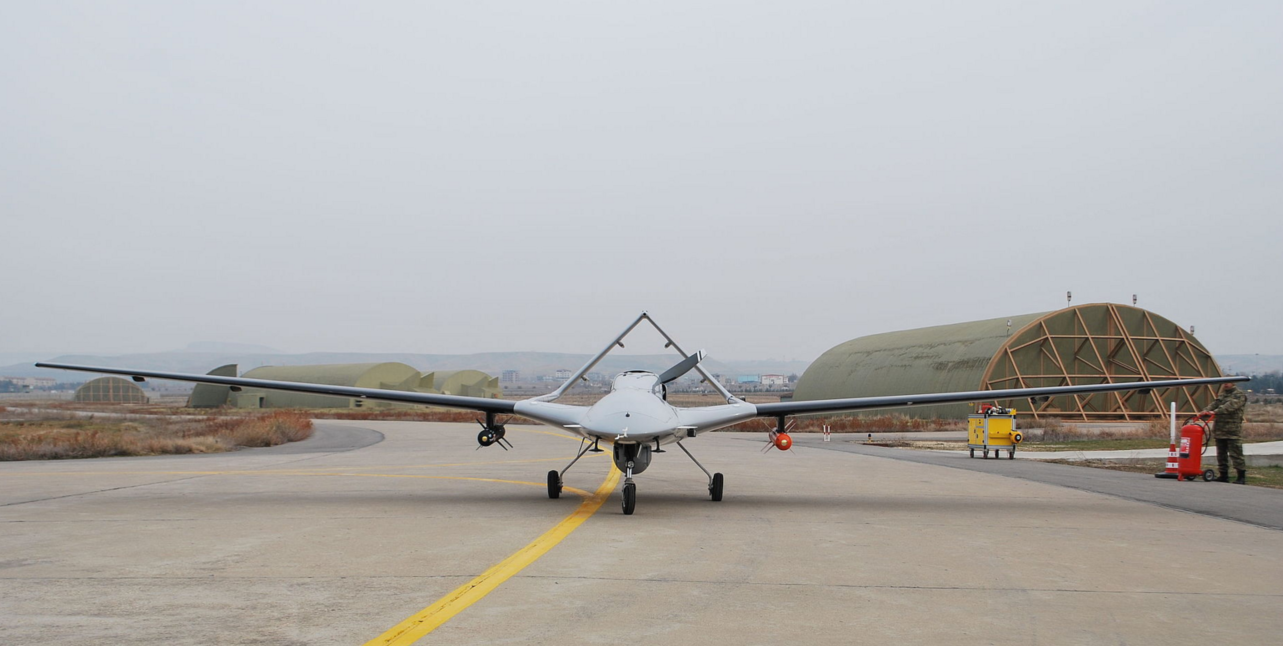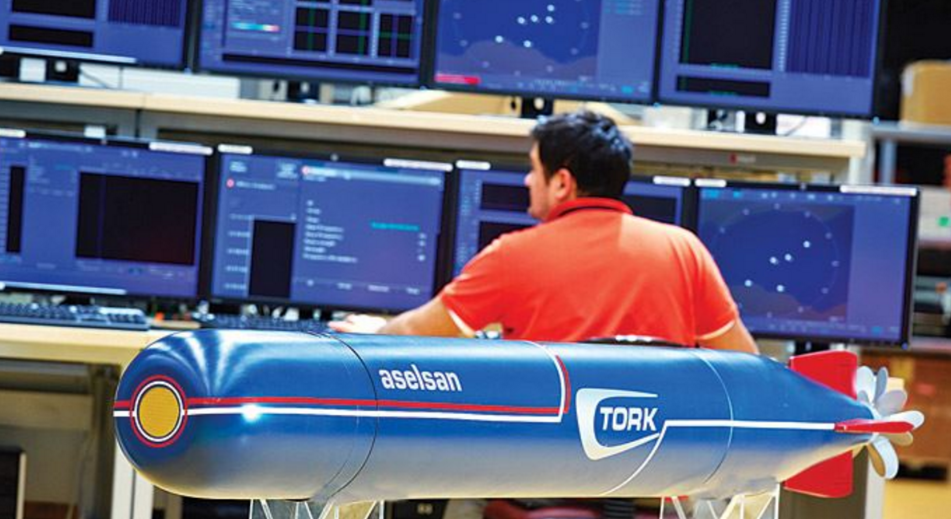2079Views

India and Pakistan Continue Building Their Naval Aviation Capabilities
In June, the Indian Ministry of Defence’s (MoD) Defence Acquisition Council (DAC) approved the purchase of 31 General Atomics MQ-9B SkyGuardian drones for the Indian Navy (IN), and at a price of $3.072 billion U.S. However, negotiations are ongoing, so prices and terms may change.
General Atomics markets the MQ-9B as a next-generation remotely-piloted aircraft system (RPAS) capable of driving intelligence, surveillance, and reconnaissance (ISR) missions in any part of the world.
One of the MQ-9B’s marque features is its over-the-horizon (OTH) operability (via satellite communication) with an endurance of over 40 hours. Leveraging a payload of 2,155 kg across nine hardpoints, the MQ-9B can support a range of naval missions, including search-and-rescue (SAR), anti-surface warfare (ASuW), anti-submarine warfare (ASW), long-range targeting, and much more.
Overall, the MQ-9B will smoothly integrate with the IN’s wider aviation capability as many of its mainstay assets – notably the Boeing P-8I Poseidon and Lockheed Martin MH-60R Seahawk – are also of American origin. Thus, the IN’s ‘core’ SAR, ASuW, and ASW air systems will be interoperable from the onset in terms of data-link connectivity, sensor feed-sharing, and weapons.
Functionally, the MQ-9Bs will complement the IN’s growing P-8I fleet to provide an extensive surveillance capability across India’s area of responsibility (AOR). Not only will the IN have more surveillance-capable aircraft at its disposal, but the MQ-9B’s endurance, OTH operability, and lack of an onboard crew (thus, no operator fatigue and no risk of crew loss) will give the IN more flexibility. It will be able to keep ISR assets in the air for longer periods of time, send aircraft farther, and endure (via the MQ-9Bs) adverse weather conditions as part of persistent and widespread ASuW and ASW operations.
Thus, it will become more difficult for Chinese and/or Pakistani submarines, for example, to operate in the IN’s AOR. In fact, the PN is heavily investing in growing its submarine fleet through the Hangor and shallow-water attack submarine (SWATS) programs. On India’s eastern flank, especially in the Pacific, the Chinese sub-surface threat has grown – and continues to grow – in technological and quantitative scale. For India, the growth of its P-8I, MH-60R, and, in time, MQ-9B (and other drone) fleets is imperative.
Though an eventuality, the IN’s MQ-9B acquisition will create a ripple effect in South Asia as the Pakistan Navy (PN) will both adjust its plans to counter the drones and, as importantly, emulate the capability. Like the IN, the PN is also developing its aerial ASW and ASuW capabilities.
One of the PN’s flagship projects is the ‘Sea Sultan,’ a long-range maritime patrol aircraft (LRMPA) built on the Embraer Lineage 1000E VVIP jet. The Sea Sultan is the focal point of the PN’s effort to gradually replace its aging Lockheed Martin P-3C Orion, which is its current ASW and ASuW workhorse.
In a sense, the PN is taking a similar approach to Saab’s Swordfish MPA project. The latter leveraged a VVIP jet (i.e., Bombardier Global Express 6000) alongside commercially-off-the-shelf (COTS) inputs for sensors, weapons, and other subsystems. Saab’s goal was to control costs so as to produce an accessible MPA, but with some capability trade-offs in comparison to the P-8. So, for example, the Swordfish MPA offered less range and a lighter payload (absent of an internal payload bay), but it came at a much lower upfront and lifecycle cost compared to the P-8.
The Sea Sultan will be closer to the Swordfish in capability than the P-8, but it will come at an accessible price-point, at least for the PN. Pakistan is under perpetual fiscal strain, so acquiring an MPA equivalent to the P-8 is unrealistic both financially and, at least in the case of the P-8 specifically, politically…
End of Excerpt (613/1,123 words)
You can read the complete article by logging in (click here) or subscribing to Quwa Premium (click here).


